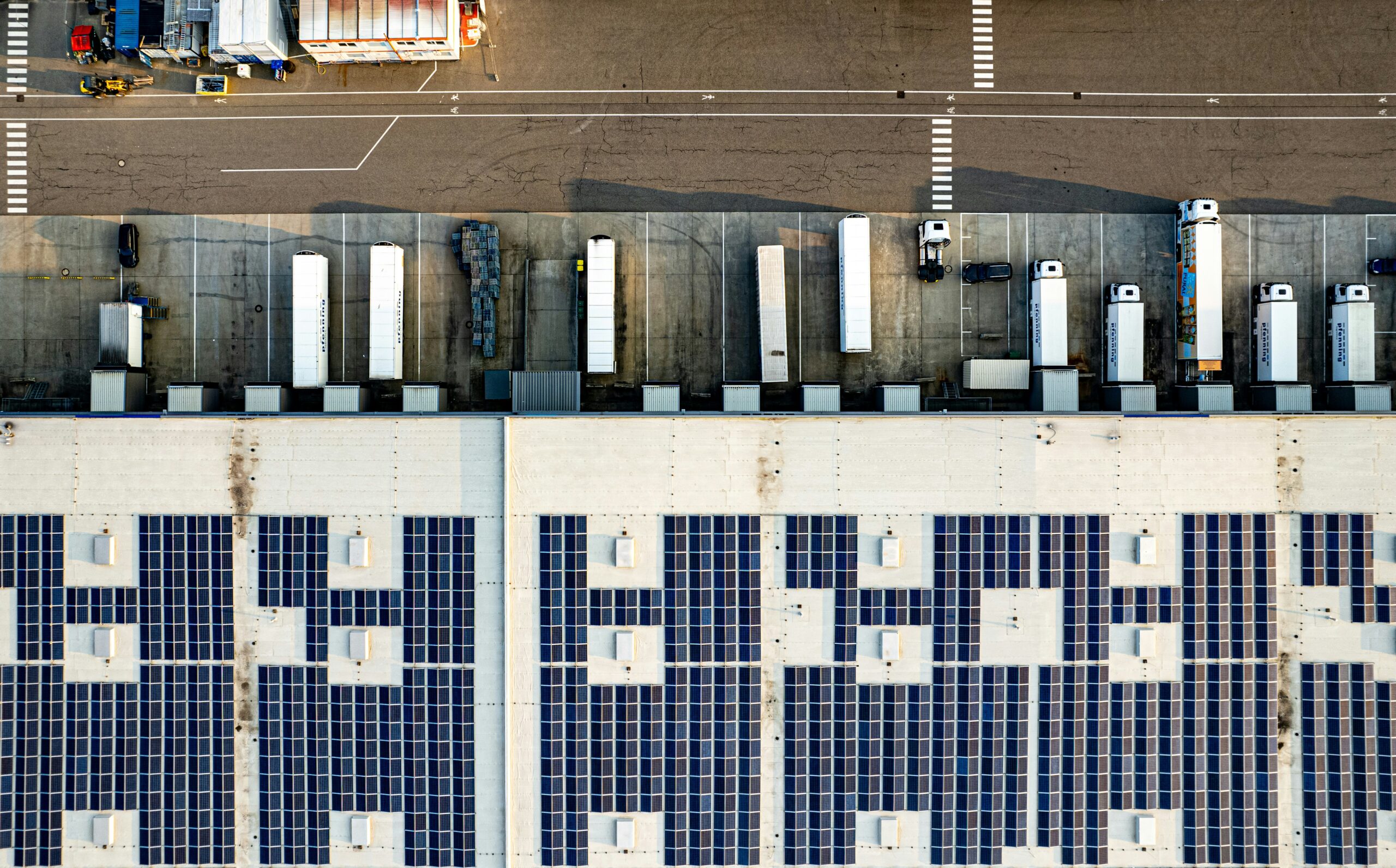Life Cycle Assessment: A Powerful Tool for Industrial Sustainability
In an era defined by increasing environmental awareness and stringent regulations, industries are under immense pressure to adopt more sustainable practices. One of the most effective methodologies gaining traction is the life cycle assessment (LCA). This comprehensive framework evaluates the environmental impacts associated with all stages of a product’s life, from raw material extraction through processing, manufacturing, distribution, use, repair and maintenance, and disposal or recycling. By providing a holistic view, LCA enables businesses to identify environmental hotspots, make informed decisions, and innovate towards a greener future, making it a cornerstone for true industrial sustainability.
Table of Contents
- Understanding the Pillars of Life Cycle Assessment
- Why Industries Need Life Cycle Assessment Now More Than Ever
- Practical Applications and Success Stories
- Navigating the Challenges of Implementing Life Cycle Assessment
- The Future of Industrial Sustainability with LCA
- Embracing Life Cycle Assessment for a Greener Tomorrow
Understanding the Pillars of Life Cycle Assessment
A typical life cycle assessment follows a standardized approach, usually outlined by ISO 14040 and ISO 14044, involving four distinct phases:
Goal and Scope Definition
This initial phase defines the purpose of the LCA, the product or system to be studied, its boundaries (e.g., cradle-to-gate, cradle-to-grave), and the functional unit (e.g., one kilogram of product, one year of service). Clear objectives ensure the study provides relevant and actionable insights.
Life Cycle Inventory (LCI)
The LCI phase involves collecting data on all input and output flows for a product system. This includes raw materials, energy, water, and emissions to air, water, and soil at each stage of the life cycle. This data forms the backbone of the entire assessment.
Life Cycle Impact Assessment (LCIA)
In LCIA, the collected inventory data is translated into potential environmental impacts. Categories typically include climate change (carbon footprint), ozone depletion, acidification, eutrophication, human toxicity, and resource depletion. This phase helps understand the significance of potential impacts.
Life Cycle Interpretation
The final phase systematically evaluates the results of the LCI and LCIA in relation to the defined goal and scope. It involves identifying significant environmental issues, evaluating data quality, and drawing conclusions and recommendations for decision-making. This iterative process often highlights areas for improvement.
Why Industries Need Life Cycle Assessment Now More Than Ever
The benefits of integrating life cycle assessment into industrial operations are manifold, extending beyond mere environmental compliance:
- Environmental Compliance & Regulations: Proactively meeting and exceeding environmental regulations, reducing the risk of fines and legal issues.
- Cost Reduction & Efficiency: Identifying inefficiencies in material and energy use, leading to process optimization and cost savings.
- Brand Reputation & Market Advantage: Demonstrating commitment to sustainability enhances brand image, attracts eco-conscious consumers, and opens new market opportunities.
- Innovation & Eco-Design: Driving the development of more sustainable products and processes, fostering a culture of innovation. For more on this, check out our guide on Eco-Design Principles.
- Supply Chain Management: Gaining insights into the environmental performance of suppliers and fostering a more sustainable supply chain.
Practical Applications and Success Stories
Industries across various sectors are leveraging LCA to make tangible progress. For instance, an electronics manufacturer might use LCA to choose less impactful materials for circuit boards, while a food producer could optimize packaging to reduce its carbon footprint. The insights gained from LCA can significantly differentiate a product in the market.
| Feature | Traditional Approach | Life Cycle Assessment (LCA) |
|---|---|---|
| Focus | End-of-pipe solutions, compliance | Holistic, cradle-to-grave analysis |
| Scope | Limited to factory gates | Covers entire product life cycle |
| Data Source | Operational data, regulatory limits | Comprehensive inventory data (inputs/outputs) |
| Benefit | Compliance, some efficiency | Strategic decision-making, innovation, market advantage |
| Outcome | Mitigation of direct impacts | Reduction of overall environmental burden |
Navigating the Challenges of Implementing Life Cycle Assessment
While the advantages are clear, implementing a robust life cycle assessment can present challenges. Data collection can be complex and time-consuming, especially for intricate supply chains. The need for specialized software and expertise in environmental science and statistics can also be a barrier for some companies. However, the long-term benefits of improved environmental performance and enhanced business resilience typically outweigh these initial hurdles.
The Future of Industrial Sustainability with LCA
The role of life cycle assessment is set to expand further as industries move towards a circular economy model. LCA will be crucial in designing products for durability, reuse, and recycling, integrating seamlessly with other sustainability metrics and digital tools. It provides the objective data needed to move beyond greenwashing and toward genuine environmental stewardship. For more detailed insights into LCA standards, you can refer to organizations like the International Organization for Standardization (ISO).
Embracing Life Cycle Assessment for a Greener Tomorrow
In conclusion, life cycle assessment is more than just an environmental accounting tool; it’s a strategic imperative for any industry committed to sustainability. By understanding the full environmental footprint of their products and processes, companies can make smarter, more sustainable choices that benefit both the planet and their bottom line. Embracing LCA empowers industries to lead the charge towards a more sustainable and resilient global economy.


